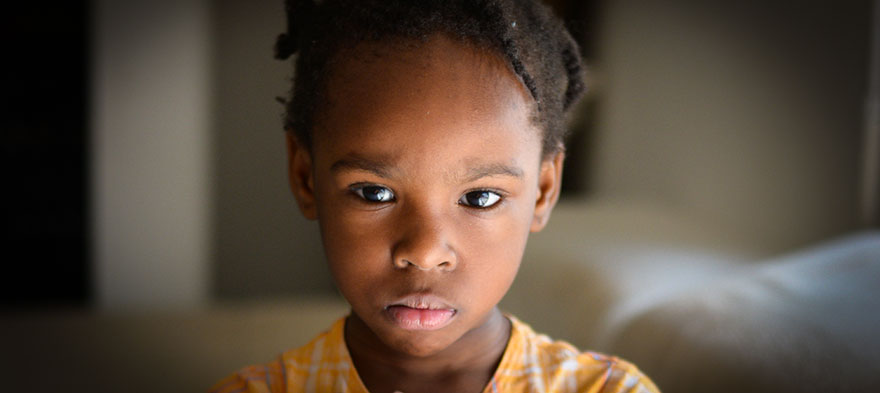
Sep 9, 2019 12:00:00 AM
For a long time school reform seemed to be winning the public argument about the failure of schools to prepare students academically. During that run, reformers successfully stigmatized the disbelieving old-schoolers who doubted the capacity of all children to learn at high levels.
It was a good run. Now, things are different.
Teachers and their unions have long complained about the media and politicians who snooted about school outputs while ignoring the more traditional concerns for inputs, and now those reform-opposed factions have forced a public change of conversation to issues like “segregation,” school funding and teacher pay.
Forget about holding schools accountable, accepting no excuses for poor results, and closing the racialized gaps that instigate social disparities. Achievement means nothing. Outcomes are immaterial. The question of “how are the children?” has been refabricated to read, “What are you doing for teachers and adults?”

In New York, the Mayor and his education head are at war with the charter schools that are wiping the floor with district schools. He sees them as dangerous privatization and goes a step further to express hatred for those who support them.
He doesn’t seem to hate his city’s “stark” achievement gap as much as he hates schools like Success Academy that are closing them.
In California, the state teachers union (and the governor whose campaign they funded) have shifted the discussion from California’s 32 point difference in overall proficiency between Black and White students to the supposed financial damage done to school districts when desperate parents exit for charter schools.
At 90%, the majority of that state's students are in traditional district schools, but teachers unions have scapegoated the students, parents and educators in charter schools for all the woes of their faltering public education system.
In my state of Minnesota, where toxic positivity prevents truthtelling about poor results, our top education official released a splashy marketing piece with an artful interpretation of data to boldly proclaim: “The state of our students is promising.” According to a local education watchdog group, our commissioner of education, Mary Catherine Ricker, focused more on “spinning a positive narrative than on providing Minnesotans with a clear picture of what’s happening in our schools.”
Buried in Ricker’s happy talk is the fact that there is a 32 and 29 point gap in reading proficiency between Black and Latinx students and White students, respectively. For math, the gap increases to 37 points for Black students and 32 points for Latinx.
The commissioner’s response to that bad news?
“Too often we condense our students down to one single data point, which eliminates everything about our students that make them who they are,” she said.
But, enough with the bad news. We could do this all day because racialized gaps in education exist in every state. The failure is so prevalent that it could make my beliefs seem like air castles, but, luckily, it’s not true.
We’ve had research for years that proves one of the first tenets of school reform: Demography doesn’t have to be destiny. There’s the Effective Schools research from the 1970s. There are compelling books like “It’s Being Done” by Karin Chenoweth, and the reports from Education Trust.
Back in 2013 I saw a speech by Linda Darling-Hammond that prompted me to write about her research, and about a stunning claim she made:
Research in student learning gains is associated with teachers who have a strong academic background, quality preparation for teaching, certification in the field they are teaching, 3+ years experience in teaching, and mastery of the skills measured by National Board Certification. Taken together, these factors predict differences in student achievement more than race and parent education combined.
Six years later her most current research repeats her findings:
Aside from socioeconomic status of students [What about race?], a major predictor of student achievement is the preparedness of teachers. Underprepared teachers—those teaching on emergency permits, waivers, and intern credentials—are associated with decreased achievement for all students, especially for students of color.
We know that better outcomes for students require improvements in the preparation and support of teachers, pedagogy and systemic practices. But, we have to first believe that children aren’t the problem. They can learn if taught well enough.
I’m in this lifelong war against the insidious belief gap that is endemic in the nation’s primary education system. I’m always here to tell you our children are capable of achieving so much more than their educators (and parents) expect of them. That’s my evangelism.
An award-winning writer, speaker, and blogger, Chris Stewart is a relentless advocate for children and families. Based in outstate Minnesota, Chris is CEO of brightbeam, a nonprofit media group that runs campaigns to highlight policies and practices that support thriving kids. He was the founding Director of the African American Leadership Forum, was an elected member of the Minneapolis Board of Education, and founded and served as the CEO of Wayfinder Foundation. Above all, Chris is a serial parent, a Minecraft enthusiast, and an epic firestarter on Twitter where he has antagonized the best of them on the political left and right. You’ll often see Chris blogging at citizenstewart.com and “tweeting” under the name “Citizen Stewart.”
Few issues in education spark more tension and debate than standardized testing. Are they a tool for equity or a burden on students? A necessary check on school systems or a flawed measure of...
Charter schools are public schools with a purpose. Operating independently from traditional school districts, they're tuition-free, open to all students, and publicly funded—but with more flexibility...
Despite the benefits of a diverse teaching force, prospective teachers of color fall out of our leaky preparation pipeline at every stage: preparation, hiring, induction, and retention. Here’s what...
Ed Post is the flagship website platform of brightbeam, a 501(c3) network of education activists and influencers demanding a better education and a brighter future for every child.
© 2020-2025 brightbeam. All rights reserved.
Leave a Comment